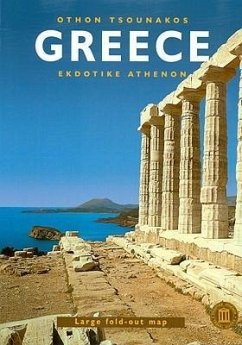
The Topography Of Troy, And Its Vicinity

PAYBACK Punkte
10 °P sammeln!
The Topography of Troy and Its Vicinity, by William Gell, is a detailed exploration of the ancient city of Troy and the surrounding landscape. This meticulously researched work provides a comprehensive account of the region's geography, historical sites, and archaeological significance. Gell's thorough examination offers valuable insights into the physical layout of Troy, as well as the broader context of its environment. The book serves as an important resource for historians, archaeologists, and anyone interested in understanding the world of ancient Greece and the enduring legacy of Troy. T...
The Topography of Troy and Its Vicinity, by William Gell, is a detailed exploration of the ancient city of Troy and the surrounding landscape. This meticulously researched work provides a comprehensive account of the region's geography, historical sites, and archaeological significance. Gell's thorough examination offers valuable insights into the physical layout of Troy, as well as the broader context of its environment. The book serves as an important resource for historians, archaeologists, and anyone interested in understanding the world of ancient Greece and the enduring legacy of Troy. This work has been selected by scholars as being culturally important, and is part of the knowledge base of civilization as we know it. This work was reproduced from the original artifact, and remains as true to the original work as possible. Therefore, you will see the original copyright references, library stamps (as most of these works have been housed in our most important libraries around the world), and other notations in the work. This work is in the public domain in the United States of America, and possibly other nations. Within the United States, you may freely copy and distribute this work, as no entity (individual or corporate) has a copyright on the body of the work. As a reproduction of a historical artifact, this work may contain missing or blurred pages, poor pictures, errant marks, etc. Scholars believe, and we concur, that this work is important enough to be preserved, reproduced, and made generally available to the public. We appreciate your support of the preservation process, and thank you for being an important part of keeping this knowledge alive and relevant.












